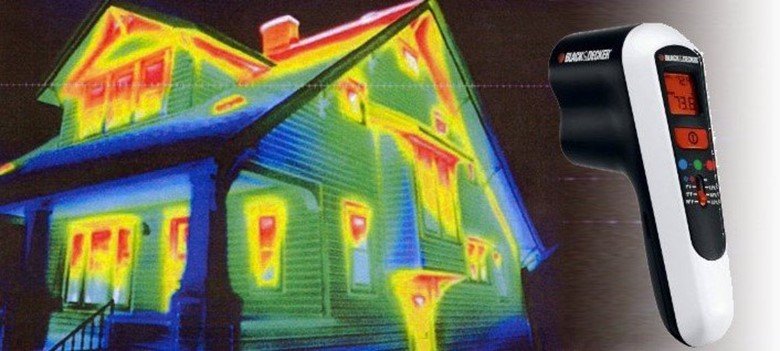Last updated on July 21st, 2023 at 10:35 am
LIDAR is a particular type of technology used to measure the distance between a target object and a laser. A laser emits light towards a desired object on the ground. How long it takes for the reflected light to return to the sensor is used to figure out the layout of land and target features and even a moving object’s velocity and distance. The light that emitted is usually visible or ultraviolet.
On the other hand, infrared is a type of radiation energy whose wavelength is longer than visible light. This article will attempt to compare the two wave energies.
LIDAR
As mentioned above, LIDAR uses technology that sends light towards the target object to figure out its distance from the LIDAR sensor. The light emitted by the LIDAR system is referred to as pulse, whereas the light that returns to its source after bouncing off the target object is known as a return. The target object’s distance and velocity are determined by figuring out how long it takes for the return flight to get back to the LIDAR sensor.
Therefore, LIDAR technology has gained application in determining crop yield and emergency response operations, especially in marine accidents, et cetera. Laser light is usually visible.
Infrared
Infrared radiation is a type of radiation that is not visible to the naked eye, except in particular conditions. Objects at room temperature emit infrared radiation. Compared to visible light, infrared light has longer wavelengths, thus invisible to the human eye.
Infrared radiation is one of the processes that heat is transmitted from one place to another (besides convection and conduction). Infrared radiation has several applications across various industries, such as in night vision, tracking, surveillance, to mention a few.
Comparisons between LIDAR and infrared
- Light visibility to the human eye
To detect target objects, LIDAR uses visible or ultraviolet sources of light. Conversely, infrared light is invisible to the human eye, except in special room conditions.
- Ability to be felt
Unlike LIDAR laser light, infrared light produces radiant energy which can be felt as heat.
- Light wavelength levels
As discussed earlier, infrared radiation has longer wavelengths than LIDAR laser light, thus the invisibility property. Moreover, LIDAR visible light spectrum has various wavelength ranges, violet being the shortest and the most extended being red. Infrared light waves also possess varied wavelength ranges. TV remote controls use infrared waves that are shorter (near-infrared) to switch stations. These waves do not emit any heat that can be detected.
On the flip side, infrared radiation with longer wavelengths (far-infrared) on the electromagnetic spectrum emits a lot of heat that can be felt when basking in the sun or near a fire.
- Communication ability
Infrared radiation from lasers can be used for signal transmission over a considerable distance, especially in TV remote controls. Infrared radiation is emitted from a light-emitting source. When it reaches the receiver in the remote control, the receiver converts this infrared radiation to electrical signals to change the TV channels. On the other hand, LIDAR light lacks such communication capability.
The bottom line
LIDAR technology uses visible or ultraviolet light to determine land elevation or an object’s distance or velocity in a nutshell. On the flip side, infrared light is invisible to the human eye, and it emits heat that can be felt. Whereas infrared radiation has longer wavelengths than visible LIDAR light, both technologies have unique applications in various industries.






